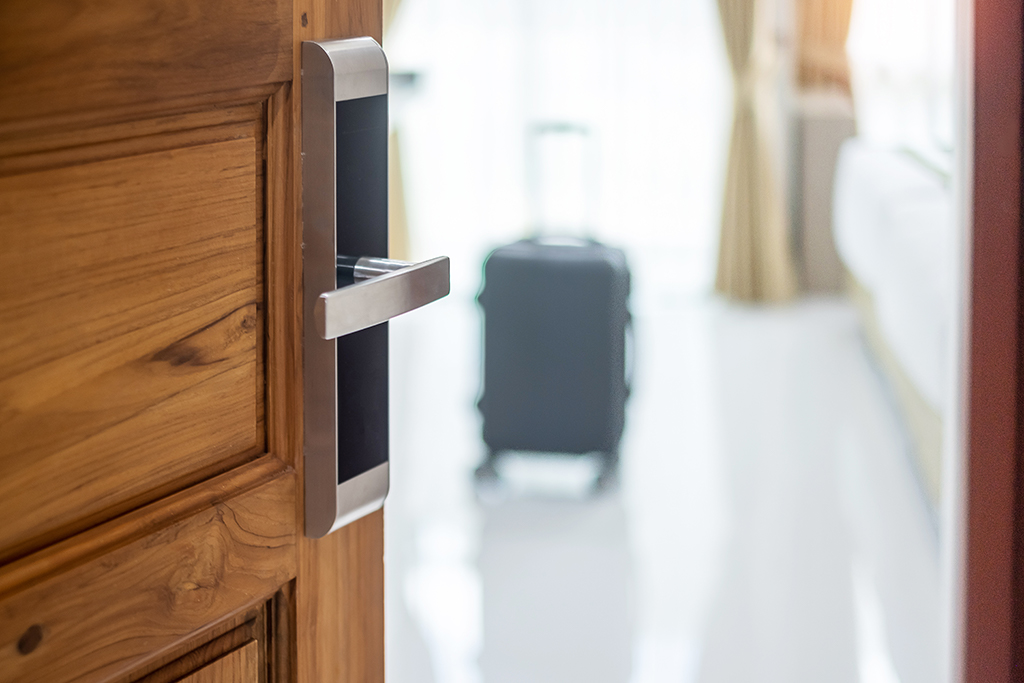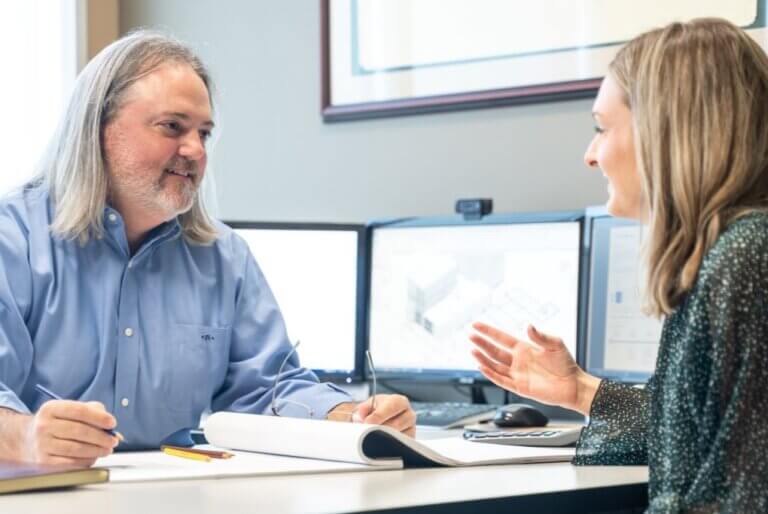
I’ve always loved the concept of adaptive reuse. I think it’s because, as a builder, you never want to think that one day the structure you built will sit vacant or be torn down. Adaptive reuse is simply the process of finding another purpose for an existing building other than what it was originally built for — breathing new life into old structures. We’ve renovated historic federal buildings into modern commercial office spaces. We’ve also repurposed vacant big box department stores into movie theaters, children’s entertainment venues, and warehouses. There’s something very rewarding about helping a client take an asset, that is otherwise not generating value, and restoring into a profitable, useful property.
The COVID-19 pandemic has impacted so many facets of our economy and lives. The tourism and hospitality industry have been hit especially hard, with hotel development and construction slowing down or even halting across the country. We’ve seen the industry get hammered here in Florida where entertainment, hospitality, and tourism play such a vital role in the economy. But these industries, and the construction industry, are resilient. There’s a quote by Albert Einstein, “In the middle of difficulty, lies opportunity.” We’re seeing development opportunities rise out of the challenges brought on by COVID here in Florida. There’s no shortage of hotels in our state, but now that there’s a shortage of travelers, shrewd developers and owners are looking to convert those hospitality properties into apartment buildings. This specific adaptive reuse concept isn’t new, we saw the trend emerge pre-COVID, but there’s a perfect storm of factors that has the potential to create a conversion boom in Florida.
1. The Great Migration
Florida has always been known as a great place to retire, but right now we’re seeing a rapid acceleration in the number of people moving from the Northeast or Midwest to Florida since the onset of the pandemic as people look to get out of densely populated urban areas. One media outlet estimated nearly 1,000 people move to Florida every day. Other reports show that new contracts for single-family homes and condominiums in several Florida counties doubled in July and continue to rise. Home sales are increasing, but there was already an incredibly low stock of single-family housing in our state to begin with. And with the increased cost in lumber, which we dive into in the next section, new single-family construction isn’t rising to meet the rising demand. These conditions could push many new residents to seek out apartments.
2. Budget-Conscious Decision Making
Traditionally, lumber has been the more affordable option for construction compared to steel — especially for midrise multifamily projects. However, since the COVID pandemic, the cost of lumber has surged to record highs. In April of this year, the price of lumber was at around $260 per thousand board feet. In mid-September, those prices closed at $948 per thousand board feet. In addition to the cost, the demand is incredibly high for lumber and the supply just isn’t keeping up. Rather than building ground-up multifamily developments with an expensive and volatile material, it could be a smarter and more fiscally responsible option to convert existing hospitality structures into apartments.
3. Time for an Upgrade
I mentioned earlier that Florida has a lot of hotels — a necessity to keep up with travelers flocking to the state’s many popular tourism and entertainment destinations. What we’re seeing now is a large stock of those hotels are aging and coming due for scheduled renovations and upgrades. However, with a decrease in tourism, it may no longer be fiscally practical to invest money into upgrading these properties as hotels. Instead, some owners are putting their investments towards adapting their properties into multifamily housing to take advantage of the increasing demand from new residents.
The adaptive reuse of hotels into apartments is a topic many of our clients are considering and researching. I’ve discussed potential options and concepts with several developers like transforming atriums into food halls, ballrooms into bowling allies, and meeting spaces into fitness centers. Of course, adaptive reuse projects are by no means simple. There are significant challenges that have to be considered and planned for — ranging from building skin performance to utility layouts and special coding requirements. That’s why it’s very important to engage with a contractor early in your process, so you know exactly what it will take and cost to convert your property. We’ll look closer into the challenges and construction solutions of adapting hospitality properties into apartments in next week’s blog.

